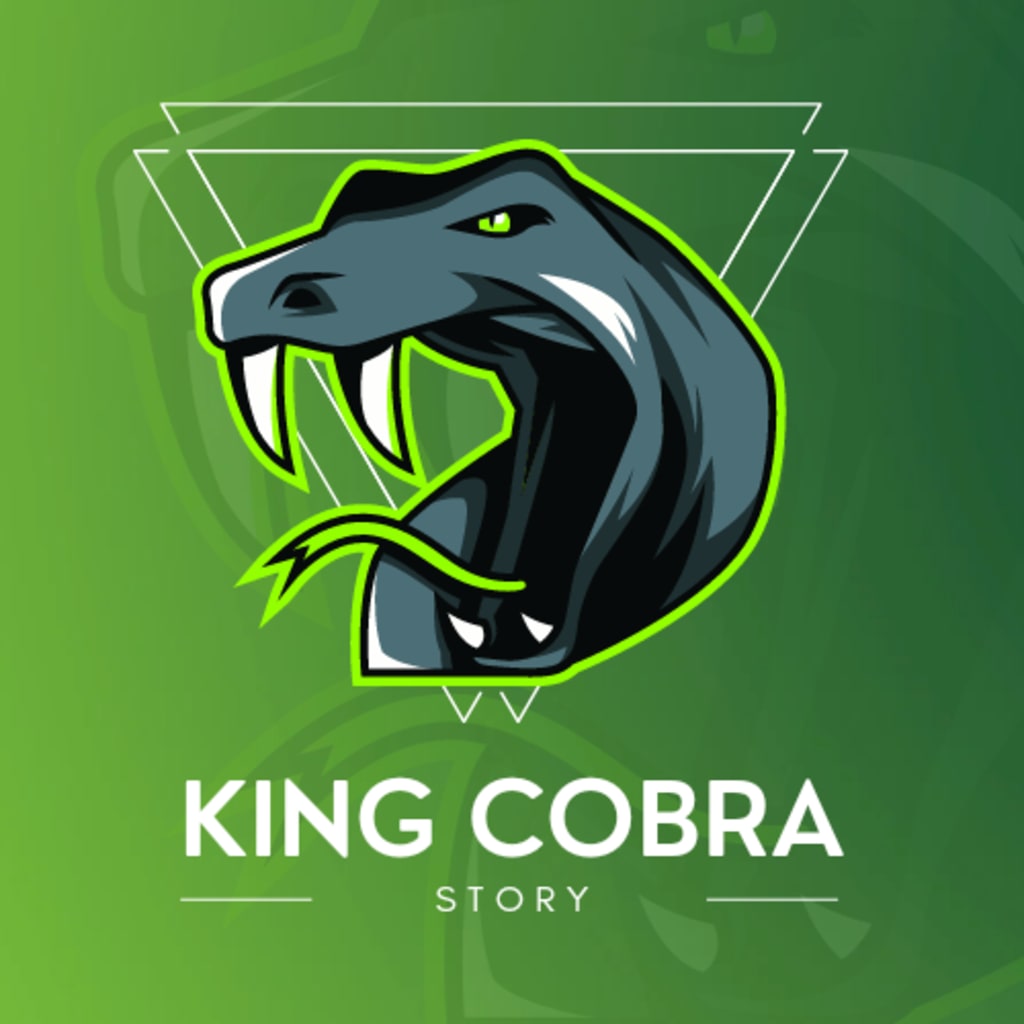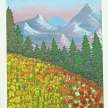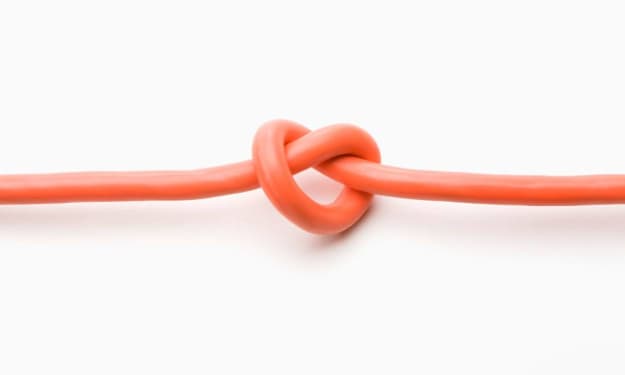
Facts and Threats
The King:
King cobras are one of the most well-known and feared snakes in the world. Known scientifically as Ophiophagus hannah, they are the largest venomous snake species on the planet, with some individuals growing up to 18 feet long. They are found in the forests and jungles of Southeast Asia, including India, Myanmar, and Thailand.
Body:
The physical appearance of king cobras is striking and unique. They have a large, muscular body that is covered in brown or olive-colored scales. Their head is slightly wider than their neck, and they have two distinctive black stripes on either side of their face, which gives them a menacing appearance. They also have a hood, which they can expand when they feel threatened. This hood is made up of elongated ribs that support the skin, and when expanded, it can make the snake appear much larger than it actually is.
Venom:
King cobras are venomous snakes, and their venom is some of the most potent in the world. However, despite their fearsome reputation, they are not aggressive towards humans and will usually only attack if they feel threatened or cornered. They are mainly active during the day and hunt for prey such as rodents, birds, and other snakes. They are also known to eat lizards and even other king cobras.
Mate:
Mating in king cobras occurs during the monsoon season between May and June, and females can lay up to 50 eggs at a time. The eggs are incubated for around 60 days, and the young snakes hatch out fully formed and able to fend for themselves.
Role:
King cobras play an important role in their ecosystem, as they help to control populations of rodents and other small mammals. However, their populations are under threat from habitat loss and poaching for their skin and venom. Despite being protected by law in many countries, king cobras are still illegally traded for use in traditional medicines and for their skin, which is highly valued in the fashion industry.
Research:
In terms of conservation, several organizations and conservation groups are working to protect king cobras and their habitat. One such group is the King Cobra Conservancy, which is dedicated to the conservation and study of king cobras in the wild. They work to raise awareness about the importance of these snakes in their ecosystems and conduct research on their behavior and biology.
Characters:
King cobras are known for their unique behavior and characteristics. One of the most fascinating aspects of their behavior is their ability to raise themselves up off the ground and stand upright, sometimes for extended periods of time. This behavior is thought to be a defensive mechanism, as it makes the snake appear larger and more intimidating to potential predators or threats.
Behaviour:
Another interesting aspect of king cobra behavior is their vocalization. Unlike most other snakes, king cobras are capable of producing a loud hissing sound, which is used to intimidate potential predators or communicate with other snakes. They are also capable of producing a growling sound, which is often accompanied by a raised hood and is used as a warning signal.
Habitats:
Despite their fearsome reputation, king cobras are actually quite shy and elusive creatures, and are often difficult to spot in the wild. They are highly adapted to their environment, and have developed a number of unique traits and behaviors to help them survive in their natural habitat.
Values:
King cobras are not only fascinating creatures, but also play an important role in their ecosystem. As apex predators, they help to control the populations of rodents and other small mammals, which can have a significant impact on the surrounding ecosystem. In addition, they are also a valuable source of income for many communities in Southeast Asia, as their venom is used in traditional medicines and their skin is highly prized in the fashion industry.
Survive:
Unfortunately, despite their importance and value, king cobras are under threat from a number of factors. Habitat loss, poaching, and the illegal pet trade are all major threats to their survival. In addition, the destruction of their natural habitat and the loss of their prey populations can also have a significant impact on their survival.
Habitats:
To help protect king cobras and their habitat, it is important that we take action to reduce habitat destruction and ensure that their populations are not overexploited. This can include measures such as creating protected areas for king cobras, promoting sustainable use of their venom and skin, and working with local communities to raise awareness about the importance of conservation.
Conclusion:
king cobras are one of the most fascinating and feared snakes in the world. With their striking appearance and potent venom, they have earned a reputation as one of the most dangerous animals on the planet. However, with their importance in their ecosystem and their vulnerability to habitat loss and poaching, it is important that we work to protect these incredible creatures for future generations to appreciate and admire.
Thank you for reading my story
Please give heart ❤️ and subscribe my post for more articles
Leave some comments
About the Creator
Judith
I am a housewife with a passion for writing and a talent for creating interesting articles. With my talent for writing and my passion for sharing, I will sure to become one of your favorite article creators.
Enjoyed the story? Support the Creator.
Subscribe for free to receive all their stories in your feed. You could also pledge your support or give them a one-off tip, letting them know you appreciate their work.






Comments
There are no comments for this story
Be the first to respond and start the conversation.